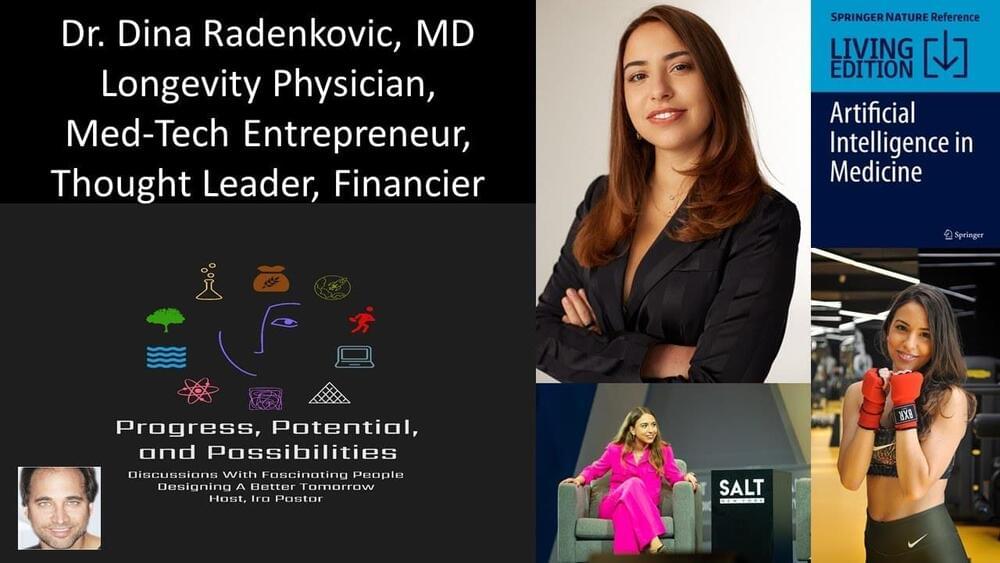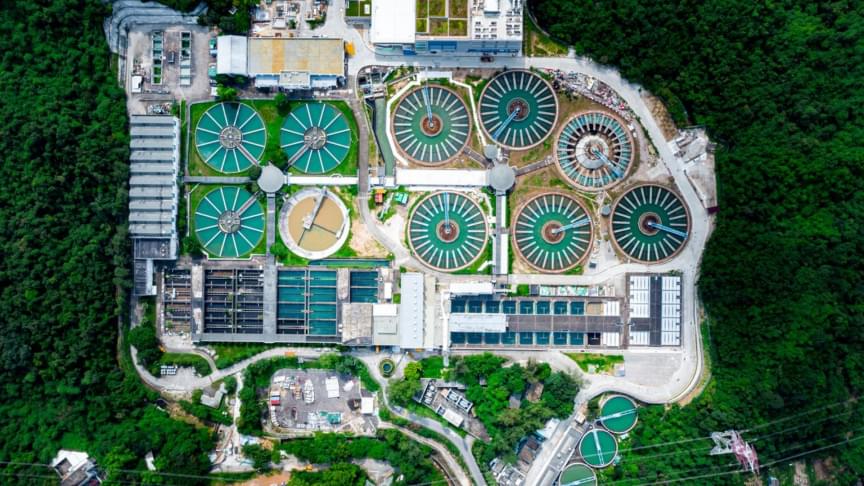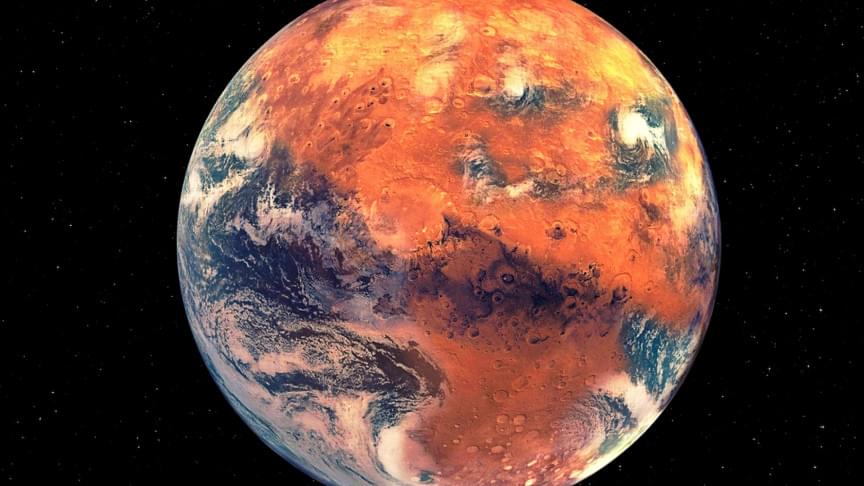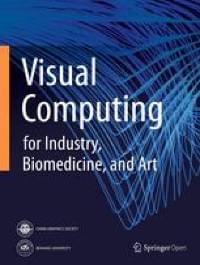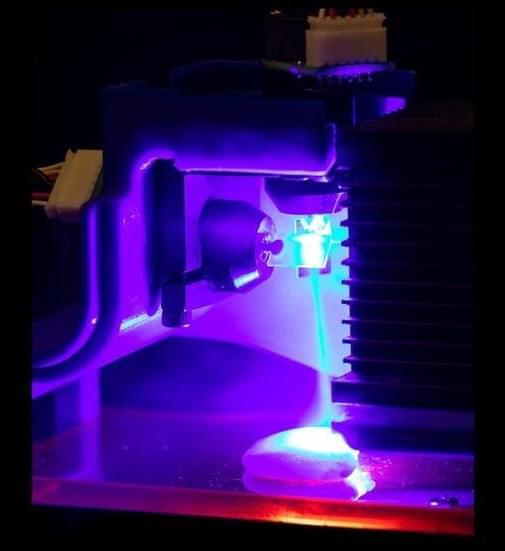Is an academic doctor and medical technology entrepreneur, working in the field of the computational biology of aging.
Dr. Radenkovic is also a Partner at the SALT Bio-Fund, and a co-founder of Hooke, an elite longevity research clinic in London.
Dr. Radenkovic has a dual degree in medicine and physiology from University College London Medical School, and did her residency at St Thomas’ Hospital in London. She later worked as Research Fellow at King’s College London and at Harvard University.
Dr. Radenkovic has led a variety of projects, including a digital therapeutics company for women and an algorithm for cardiac MRI based on fractal geometry, to major industry acquisitions.
